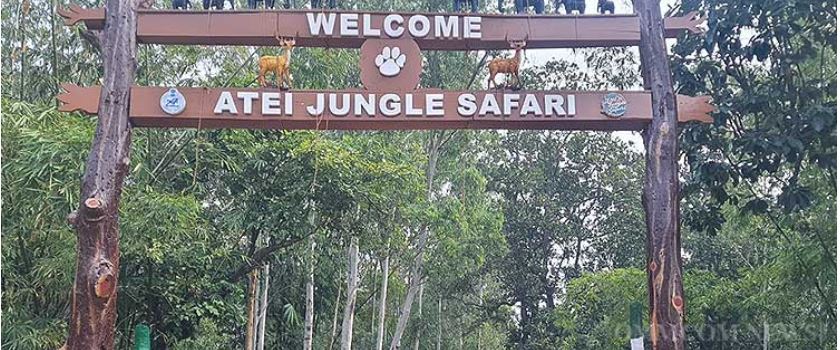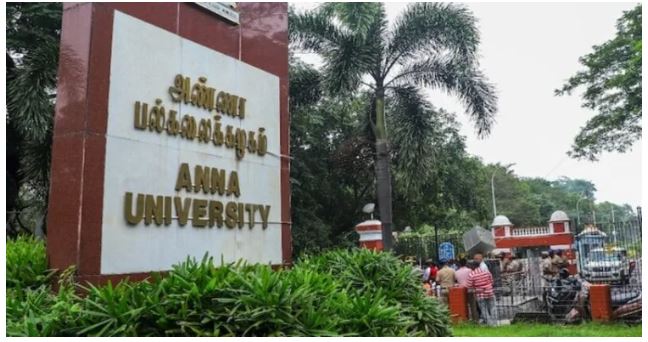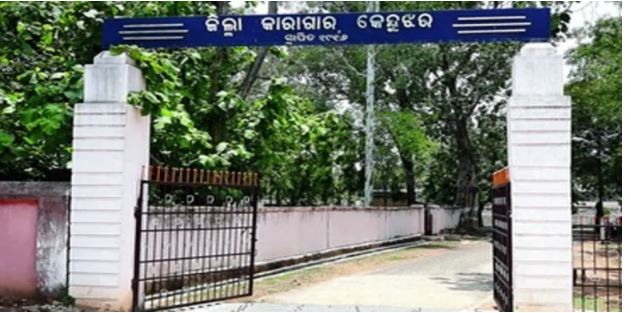"Lawrence" of the Bishnois: The Fair-Skinned boy who turned to crime

Published By : Satya Mohapatra | November 8, 2024 11:16 AM

The name "Lawrence" evokes images of British colonial officers and elite institutions. But in the criminal underworld of India, it is associated with a notorious gangster, Lawrence Bishnoi. His name, bestowed upon him by his mother due to his "exceptionally fair skin, like that of Europeans," is a stark reminder of the complex interplay of identity, aspiration, and societal influences that shaped his path from a privileged upbringing to a life of crime.
Village boy with Big City Dreams:
Lawrence Bishnoi's journey began in the rural village of Dutranwali in Punjab's Abohar district. Born into a wealthy family with vast land holdings, he enjoyed a comfortable life, riding a motorcycle to school and later driving a Bolero in Chandigarh. His mother, a graduate, envisioned a future where her son would pursue higher education, perhaps even becoming a lawyer. His father, a landowner with limited formal education, likely saw his son inheriting the family's legacy.
Chandigarh: A turning point:
Chandigarh, a bustling city known for its educational institutions and opportunities, beckoned Lawrence with the promise of a brighter future. However, for some young men from rural backgrounds, particularly those with a sense of entitlement, the transition to a bigger city can be fraught with challenges. Faced with a competitive academic environment and a different social milieu, some individuals struggle to find their place and assert their identity.
"Landlord Mentality" and the allure of power:
For Lawrence, the "landlord mentality," characterized by a sense of power and control, may have morphed into a desire to dominate in his new environment. The transition from having people at his beck and call in his village to navigating the complexities of city life may have fueled his need to assert his authority through less conventional means.
Student politics and the path to criminality:
Student politics, often a breeding ground for ambition and power struggles, became a stepping stone for Lawrence's criminal career. The competitive and often violent nature of student elections provided an outlet for his desire to exert influence and build a network of loyal followers. This environment may have also exposed him to the darker side of power dynamics, where intimidation and violence are used to achieve desired outcomes.
Name that foreshadowed a dark path:
Lawrence's name, inspired by Henry Lawrence, a British officer who founded the prestigious Lawrence School at Sanawar, is a poignant reminder of the aspirations his mother held for him. However, the irony is inescapable: the name, chosen for its association with European sophistication and achievement, became synonymous with crime and violence.
The Bishnoi community and its contradictions:
The Bishnoi community, known for its strict adherence to 29 tenets that govern their lifestyle, emphasizes environmental conservation and animal protection. Ironically, Lawrence's actions stand in stark contrast to the values espoused by his community. This dissonance highlights the complex interplay of individual choices and societal influences in shaping one's path.
Student to gangster:
Lawrence's transformation from a student to a hardened criminal was a gradual process. He began by engaging in petty crimes and gradually escalated to more serious offenses, including extortion, kidnapping, and murder. His association with other criminals and his growing network of influence solidified his position as a feared gangster.
The psychological underpinnings:
Lawrence's descent into criminality can be attributed to a complex interplay of psychological and social factors. The need for recognition, the desire for power and control, and the allure of a life outside the norms of society may have contributed to his choices.
Role of Law Enforcement and Societal Response:
The rise of gangsters like Lawrence Bishnoi also raises questions about the effectiveness of law enforcement agencies and the broader societal response to crime. The ability of such individuals to operate with impunity highlights systemic weaknesses and the need for more robust measures to combat organized crime. The story of Lawrence Bishnoi is a cautionary tale, a reminder of the complex factors that can lead individuals down a path of crime and violence. It underscores the need for greater awareness, proactive interventions, and a comprehensive approach to addressing the root causes of criminality. By understanding the social, psychological, and economic factors that contribute to the rise of gangsters, we can work towards creating a safer and more just society for all.



















































